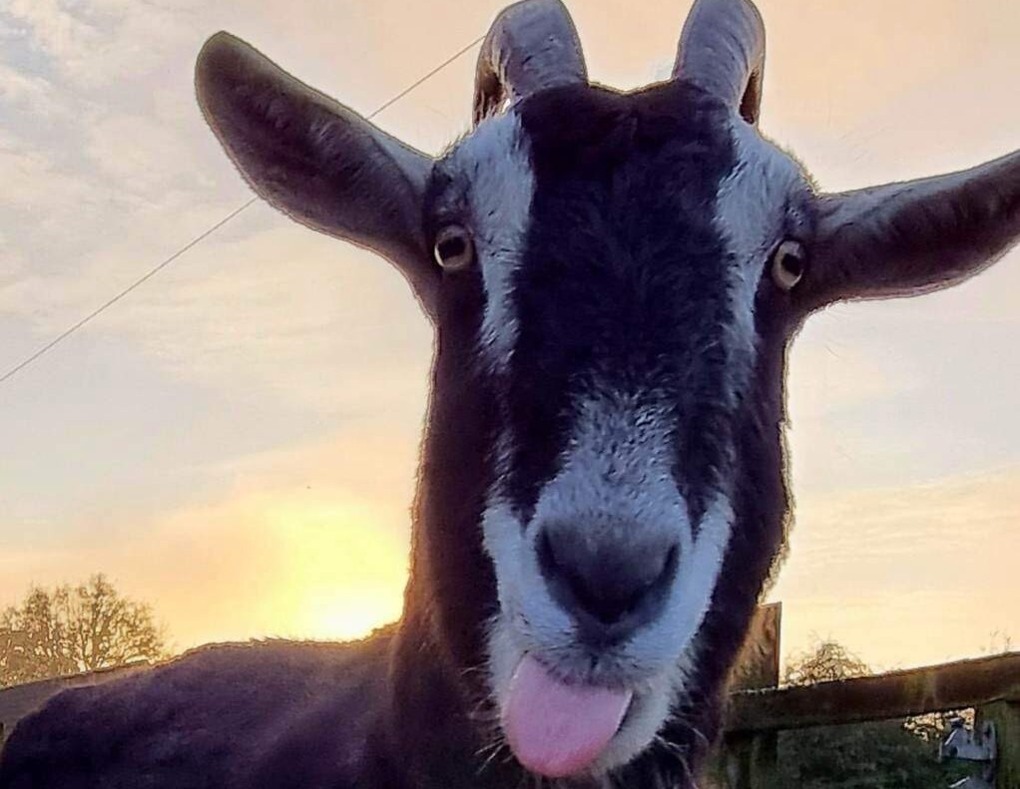How to avoid it and how to treat it…
Did you know… that an animal left in a hot car could die in as little as 20 minutes from heatstroke?
How to avoid your pet getting heatstroke…
- Never leave pets in cars, conservatories or caravans, not even for a short time. This includes cloudy days with the windows open as temperature can rise quickly in a short time.
- Avoid exercising your pets at the hottest time of the day. Early mornings or evenings are the best times to exercise your pets in summer.
- Keep exercise of pets to a minimum and make sure they also have access to cool, indoor areas.
- Owners of flat-faced breeds such as Pugs, Boxers and Bulldogs should be extra careful as these breeds have restricted airways and don’t cope well with heat.
- A dog wearing a muzzle is at high risk because it may be unable to control its body temperature adequately by panting.
- Stressed, over-excited or over-exercised dogs can be at risk even if the temperature and humidity is not excessive, particularly if they are in a poorly ventilated environment.
Some signs of heatstroke…
Dogs often don’t show any warning signs of heatstroke. However, as their body temperature increases you might notice:
- Excessive panting or drooling
- lethargy, drowsiness or poor coordination
- Reddened gums
- Rapid heart rate
- Vomiting
- Muscle tremors or seizures
Any of these symptoms can lead them to quickly collapse or become unconscious.
If not treated as an emergency, this can be fatal !
If you suspect your pet has heatstroke…
The most important thing to remember is that they urgently need to have their body temperature lowered gradually:
- Move your dog to a shaded or cool area
- Pour small amounts of room temperature (not cold) water onto your dog’s body.
- Do not use cold water or ice to cool them down – it may send them into shock.
- If possible, wrap your dog in wet towels or place your dog in the breeze of a fan.
- Allow your dog to drink small amounts of cool water.
- Continue to pour small amounts of room temperature water onto your dog until their breathing starts to settle but never so much that they begin to shiver.
- Once the dog is cool, take them to the nearest vet immediately, even if you feel they have made a full recovery.

